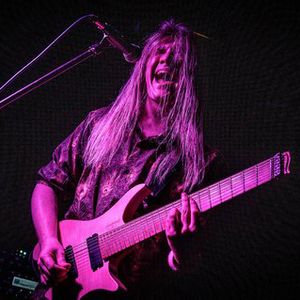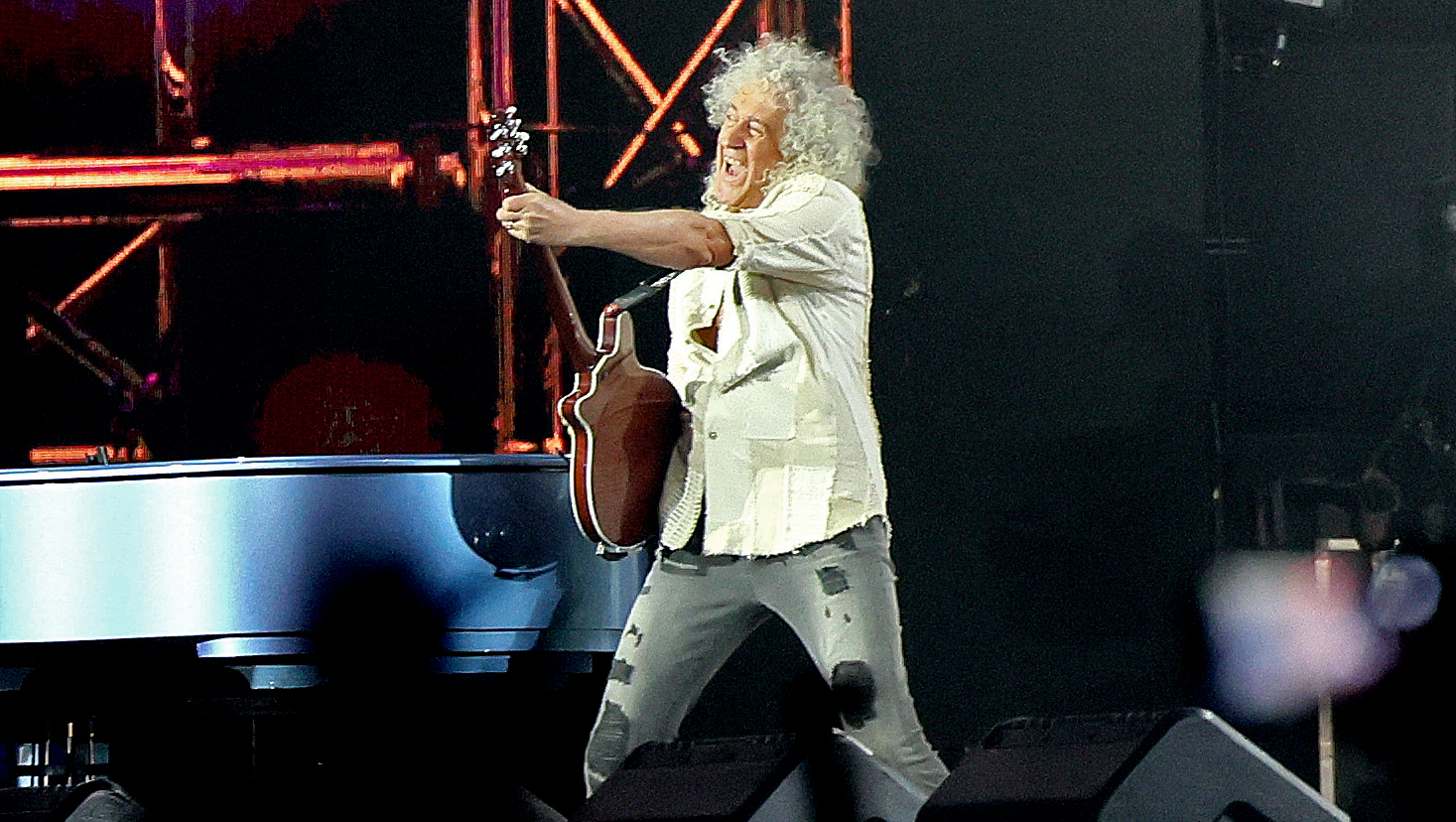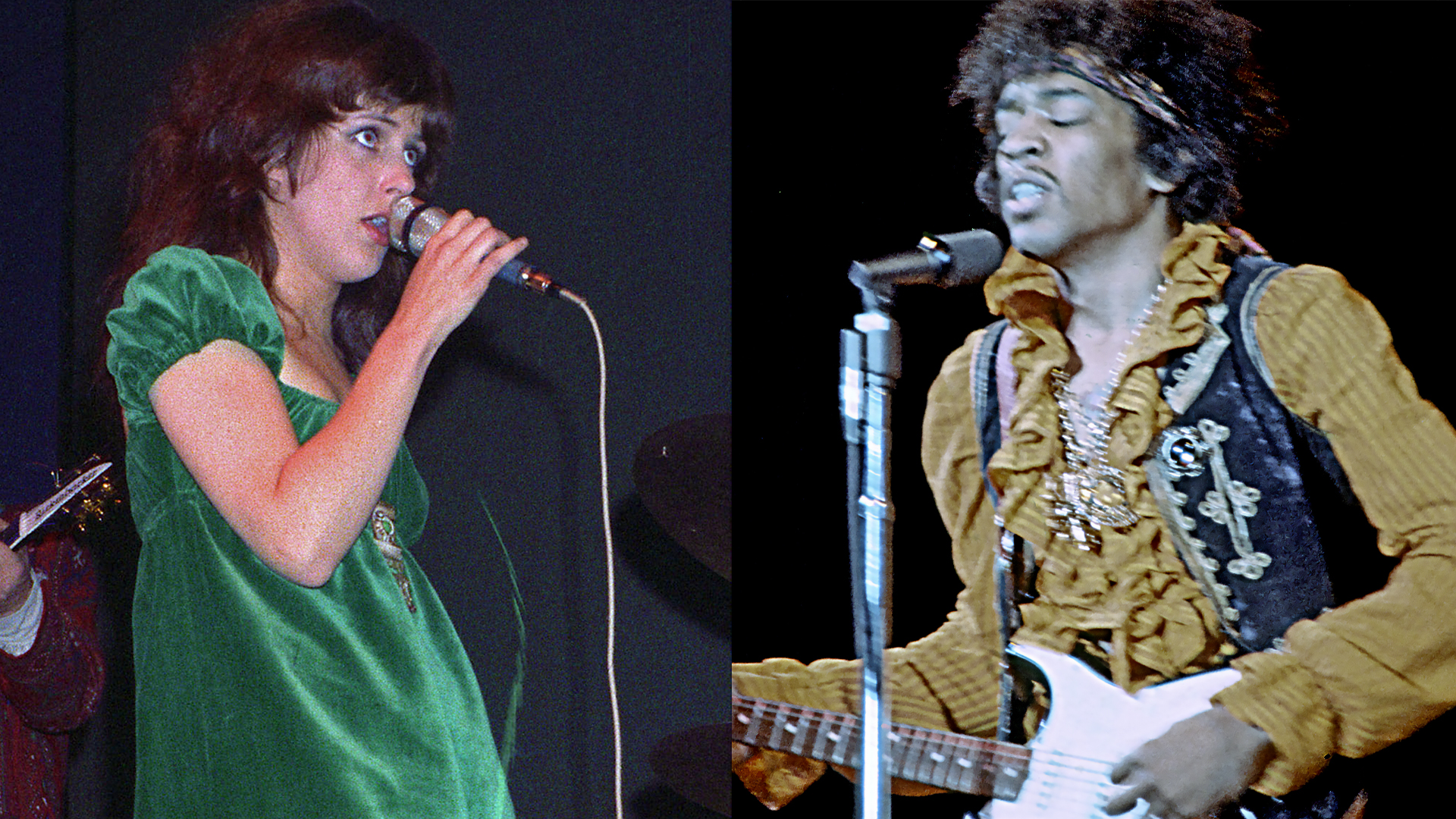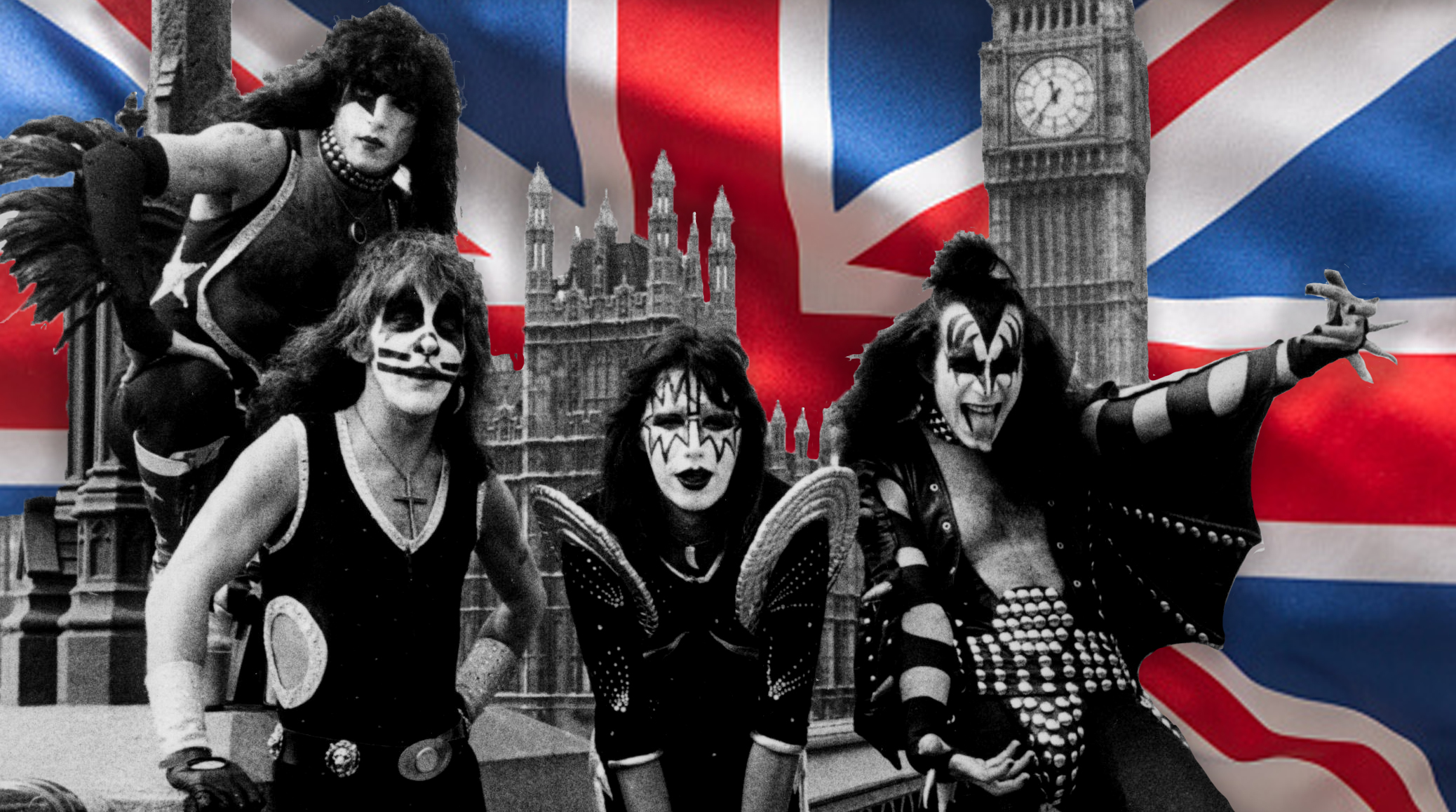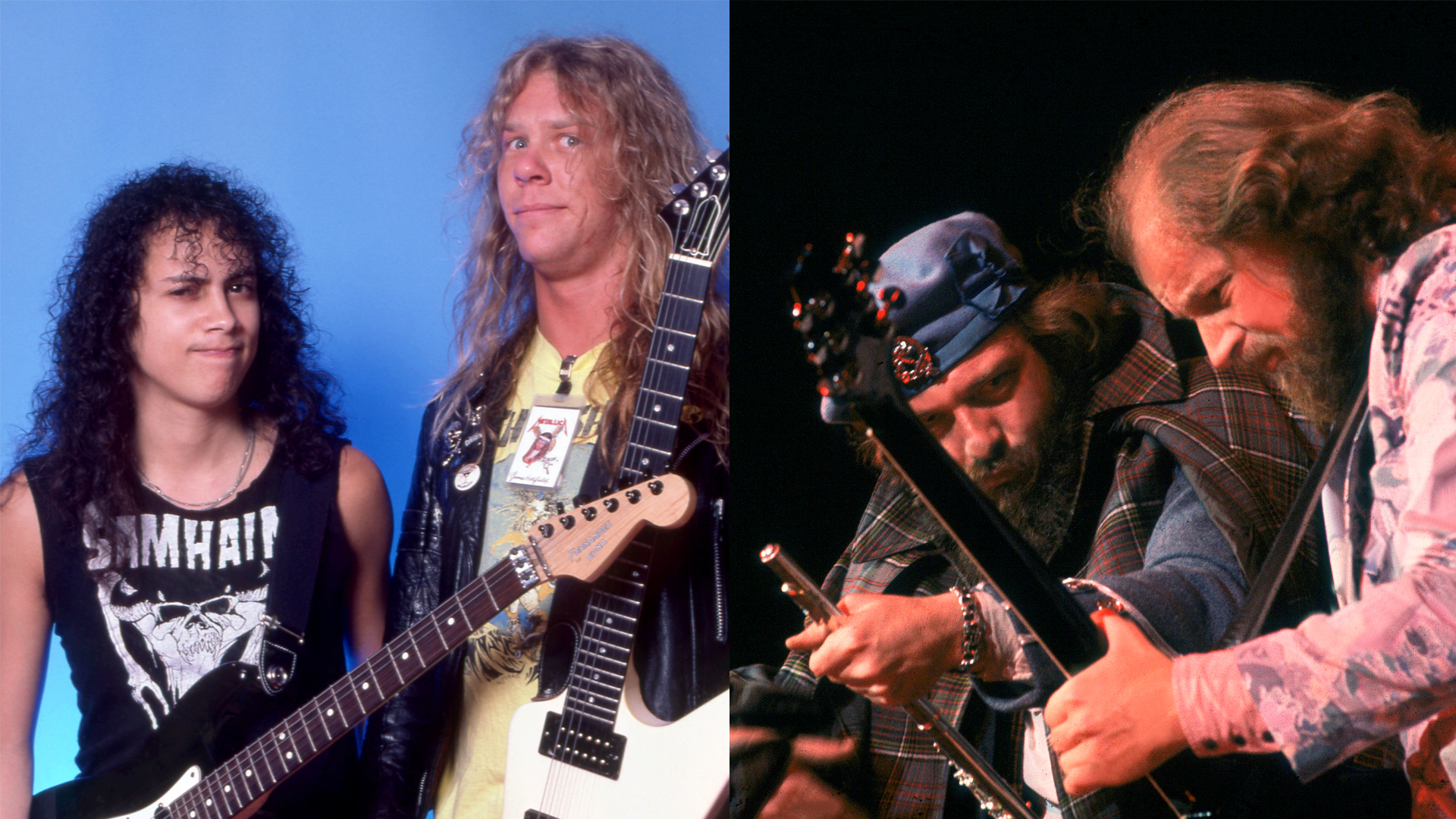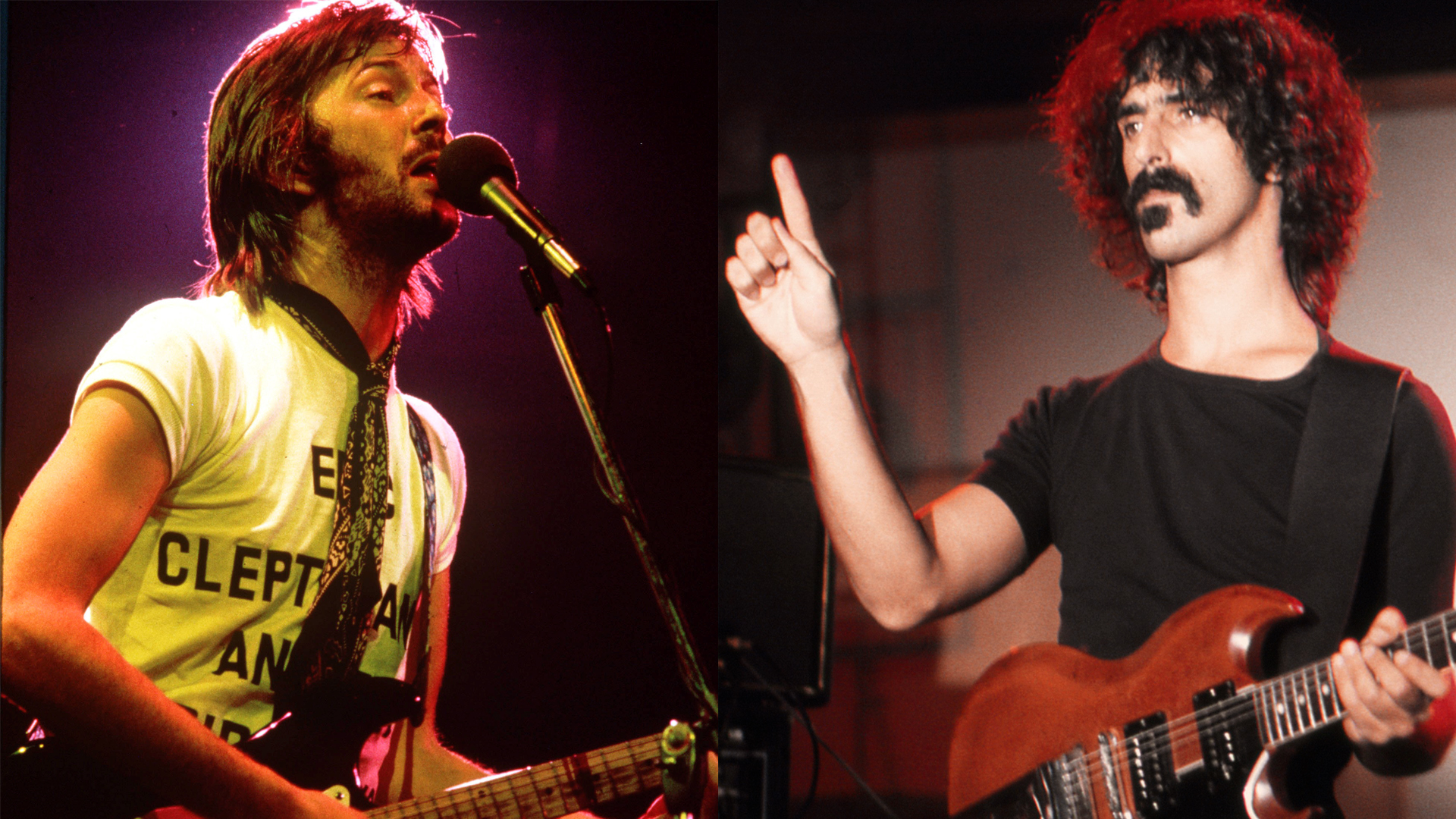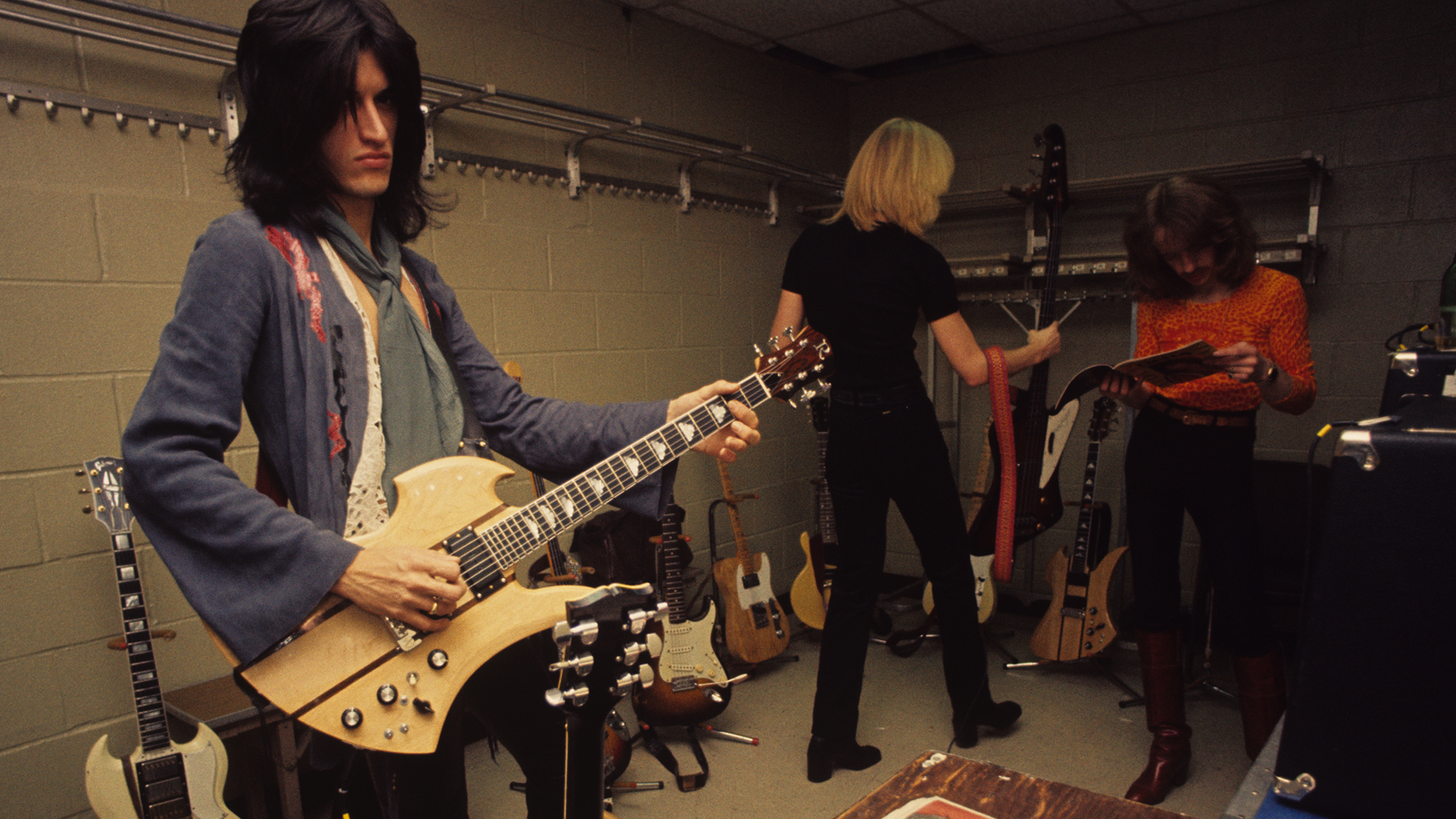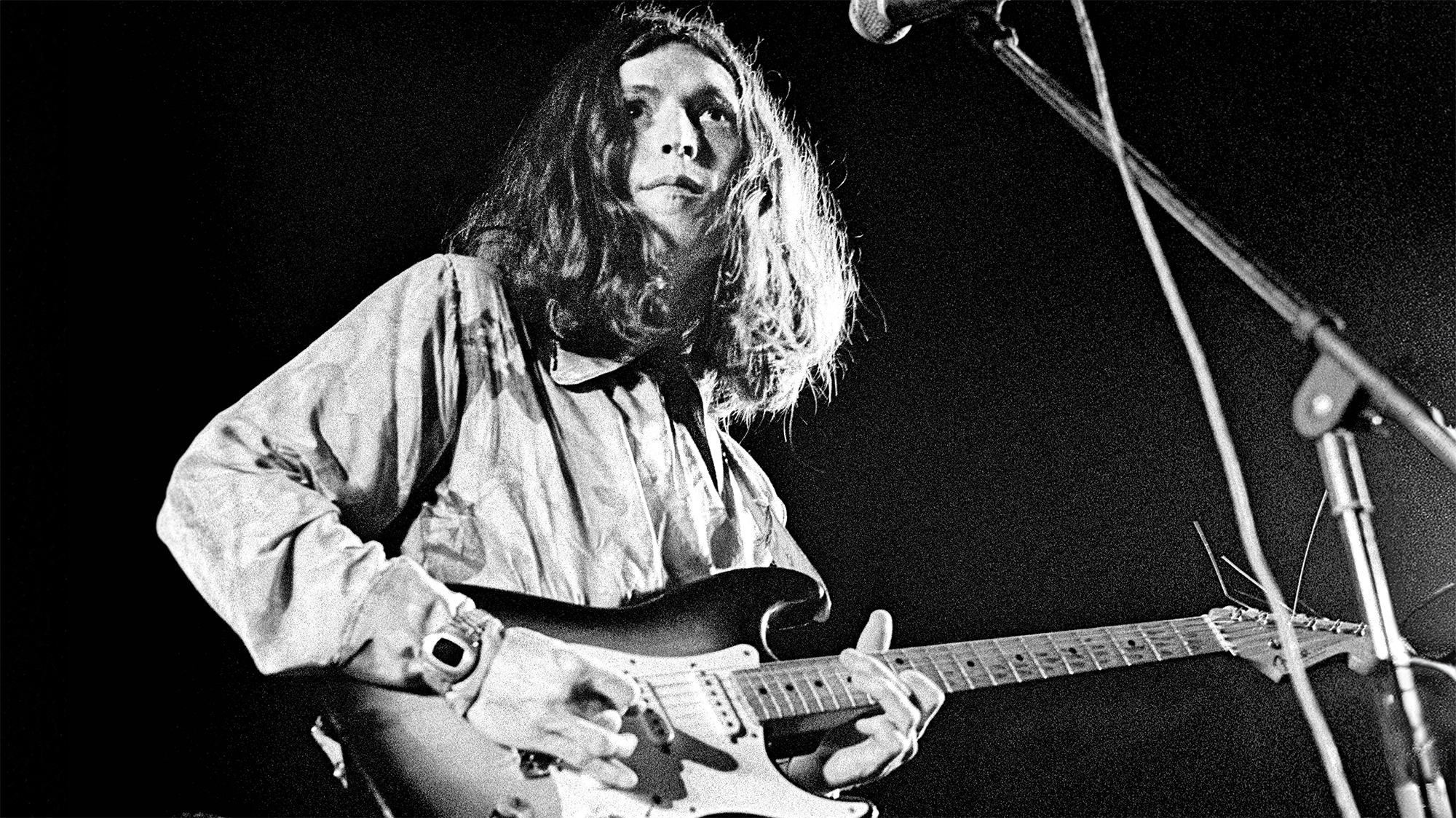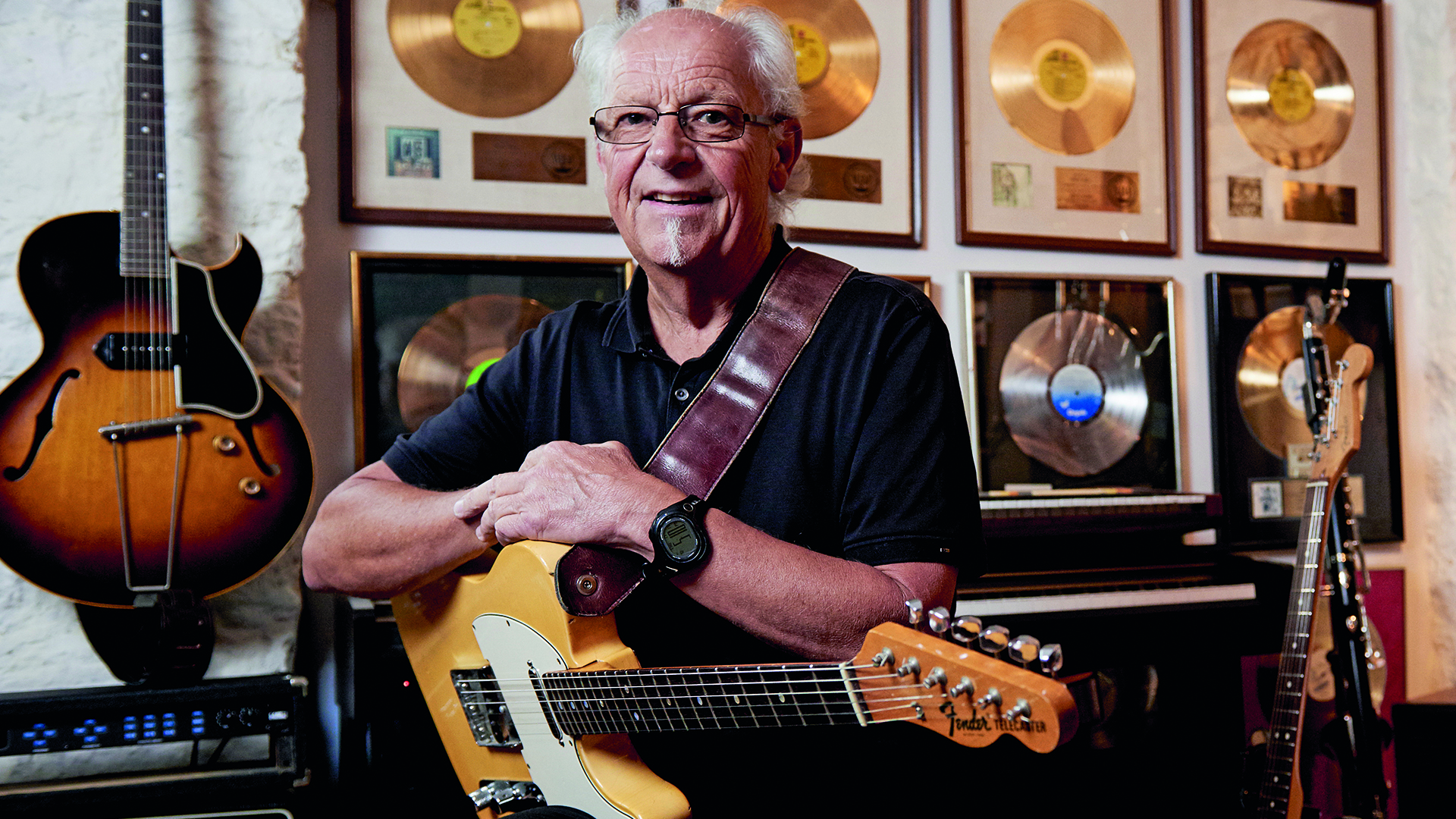“It sounded like an angry wasp. It didn’t have any depth or articulation.” Brian May details his disastrous experiment with a Marshall stack — and how Jimi Hendrix showed him up with it
He tried out the amp in front of 7,000 people before Jimi Hendrix showed him how to make it sing
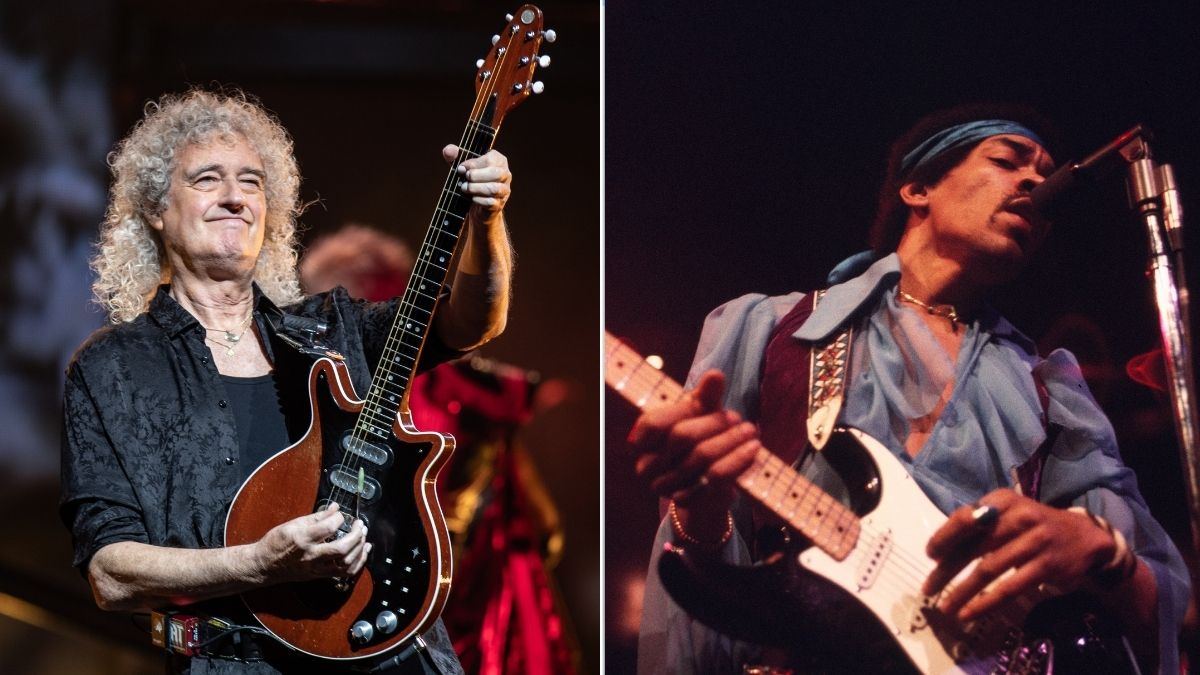
Some guitarists are inherently connected to certain guitars and amplifiers. David Gilmour has played numerous electric guitars and oddball instruments throughout his playing days, but he will always be associated with his Black Cat Fender Stratocaster. Likewise, AC/DC’s guitarists wouldn’t look right onstage without a wall of Marshall amps behind them.
For Brian May, his unique Red Special guitar and an unwavering allegiance to Vox AC30 amps have underpinned his entire career. However, he has now admitted that he did have a brief flirtation with a different kind of amplifier. But after Jimi Hendrix left him redfaced, he headed back to the safety of his familiar Vox.
The Queen guitarist’s pairing of his Red Special and a Vox AC30 is one of rock and roll’s most iconic duos. However, in a new conversation with Guitarist, he reveals that he broke that partnership up — for one night only.
Marshall stacks were commonplace in the early 1970s as the loudness wars — waged in part by the much-reported Ronnie Wood and Pete Townshend rivalry — raged on. May was well aware of these ear-splitting shenanigans and admitted that he had wanted a piece of the action. Then the perfect opportunity to experiment presented itself.
“We played one show at Olympia [in London],” May says, setting the scene. “Top of the bill was Jimi Hendrix and everybody essentially played through the same gear. So I plugged into a Marshall stack with my guitar and treble booster. I turned it all the way up, and it sounded so awful. I could hardly play.”
May isn’t the only guitarist to have struggled to hit the ground running with a new piece of gear, but this wasn’t exactly a setting with much room for error.
“I didn’t know what to do,” he continues. “It sounded like an angry wasp. It didn’t have any depth or articulation, I couldn’t play chords. It was a really hard experience for me.”
Get The Pick Newsletter
All the latest guitar news, interviews, lessons, reviews, deals and more, direct to your inbox!
But getting a brilliant tone proved no trouble for the headline act: Jimi Hendrix.
“After we’d played,” May says, “I stayed behind backstage and I looked through between the amps as Jimi came onstage, plugged into that same amp — and it sounded like a cataclysm.” He's remained a Vox loyalist since.
May is still recovering from the stroke he suffered last summer and has now opened up on the experience, which led to inevitable questions regarding his future as a guitar player.
I looked through between the amps as Jimi came onstage, plugged into that same amp – and it sounded like a cataclysm
Brian May
“It went through my mind,” he accepts. “When I suddenly couldn’t control this left arm, it was quite scary. I had no idea what was going on. I phoned my doctor and she said, ‘Okay, I think you’re having a minor stroke. Dial 999, get in the ambulance and I’ll see you there.’
“But even at the worst time,” he goes on, “although I couldn’t control where the arm was, I could control my fingers. So I thought, ‘I’m probably not really in danger.’ I’m all right now. I’m just taking it slow.”
And in the spirit of Marshall stacks, Ritchie Blackmore says he got the loudest Marshall ever made but had to keep two secrets.
A freelance writer with a penchant for music that gets weird, Phil is a regular contributor to Prog, Guitar World, and Total Guitar magazines and is especially keen on shining a light on unknown artists. Outside of the journalism realm, you can find him writing angular riffs in progressive metal band, Prognosis, in which he slings an 8-string Strandberg Boden Original, churning that low string through a variety of tunings. He's also a published author and is currently penning his debut novel which chucks fantasy, mythology and humanity into a great big melting pot.
"Why can't we have more Django Reinhardts going, 'F*** everybody. I'll turn up when I feel like turning up'?" Happy birthday to Ritchie Blackmore. The guitar legend looks back on his career in an interview from our December 1996 issue
"Get off the stage!" The time Carlos Santana picked a fight with Kiss bassist Gene Simmons and caused one of the guitar world's strangest feuds

